This is the second part in a five part series on the Karnali River. See also:
Faith to reality: A journey down the Karnali River from Tibet to India
Part 1: Living in fear of floods
Dal Bahadur Shahi lives in Twinkuna, in Dailekh district of western Nepal. This is the proposed site for Nepal’s largest hydropower dam – the 900 megawatt (MW) Upper Karnali. He was in his 50s when he first heard that electricity would be produced from the river he used to cross several times a day.
The dam was first proposed 30 years ago, but there is still no electricity. Shahi’s life has not changed, apart from the wrinkles deepening on his face.
A few weeks after the withdrawal of the monsoon in early October we were camping on the river sands near his house, as part of our 1,000-kilometre journey along the river from the Tibetan plateau to India. Shahi drove down before sunset to see what we were doing. He walked around our tents a couple of times before coming to talk to us.
“My arms could conquer the strongest waves of the river back then, but now I don’t dare to go near it,” he said. He seemed hopeful but tired. “Even if it (the hydropower project) is built in the near future, I won’t be able to see it as I am getting older. But I hope that our sacrifice of leaving this place for the sake of the nation will not be forgotten,” he lowered his voice as the sun disappeared into the mountains.
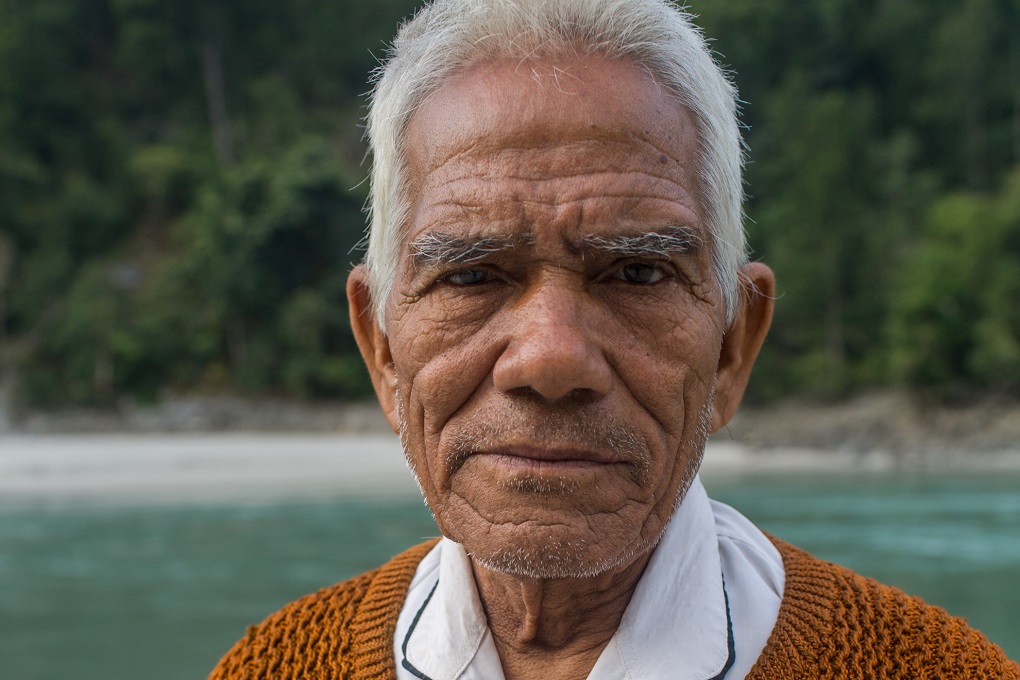
In the late 1990s, when the first project survey began, one of the engineers advised Dal Bahadur to buy more land so that he would receive compensation when the dam was built. But Shahi didn’t take his advice seriously; he didn’t have enough money anyway. There was no road, no mobile signal, no televisions in the area, but he heard on the radio that some projects were underway.
Hopes rise and fall
Time and again international companies and the Nepali government conducted surveys in the Karnali, but the locals were unaware of the wider water and electricity politics at play.
In 2008 an Indian company, GMR one of the biggest infrastructure companies in the country, received a deal to carry out a detailed study, but a decade later the project is yet to take off. The company signed the project development agreement four years ago but has not yet managed to attract investors.
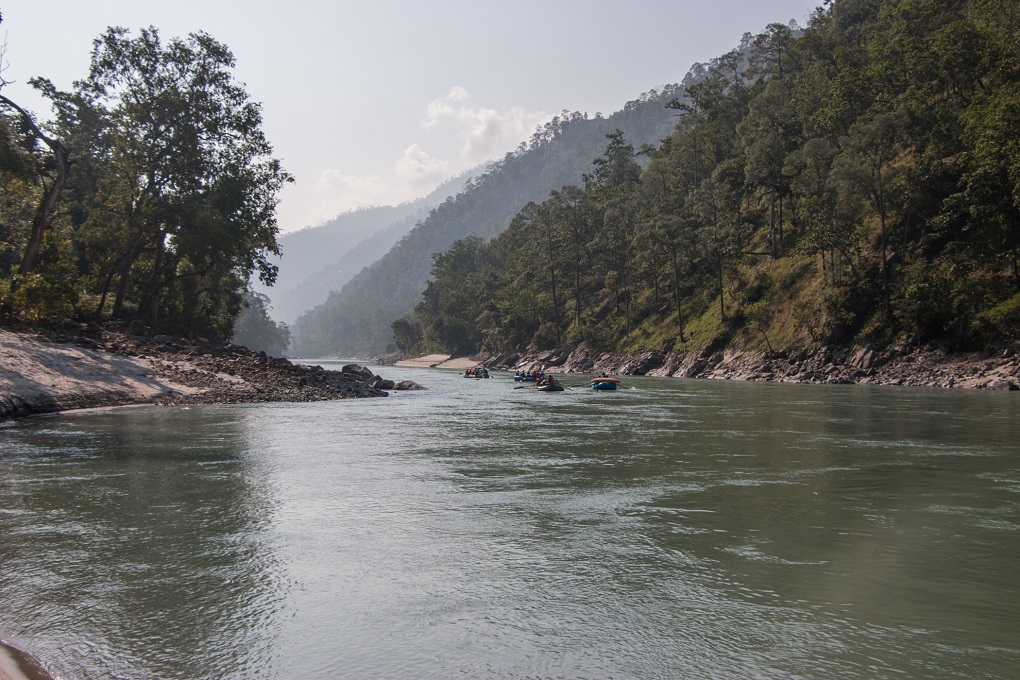
Compensation dries up
Rawat left his village in 2008 when the company set up a project office. “I came here to operate a hotel as the construction work would bring a lot of people. But it looks like I will be too old when it will be implemented,” he smiled. Rawat doesn’t have legal land rights so he built a small hut near the road illegally and has been staying there in the hope that one day he will have a chance to run a hotel after the dam project starts.
Recently the company said it had provided compensation for the 250-odd families whose land will be submerged by the dam but only a few people have received it. Dal Bahadur’s two sons were lucky to get compensation for their land at NPR 9 lakhs [USD 9,000] per ropani (about 500 square metres) a few months ago. The company has now halted the compensation process and no one knows why or when it will be resumed.
People living at the dam site in Balde about 30 kilometres downstream said that the company is only paying compensation to influential and politically powerful people. “Some people have received money and have already bought land and houses in cities in the southern plains, but we haven’t been given anything yet. The land price will soar in a year. Then how do we buy new land,” asked Roshan Buda in Balde. “The company listens to people who speak up and threaten them, but they turn deaf ears to us.”
Political power play
The Karnali has always been a high profile political project. The Prime Minister of India, Narendra Modi, and Nepal’s then Prime Minister Sushil Koirala signed a deal for the Karnali dam during Modi’s visit to Nepal in 2014.
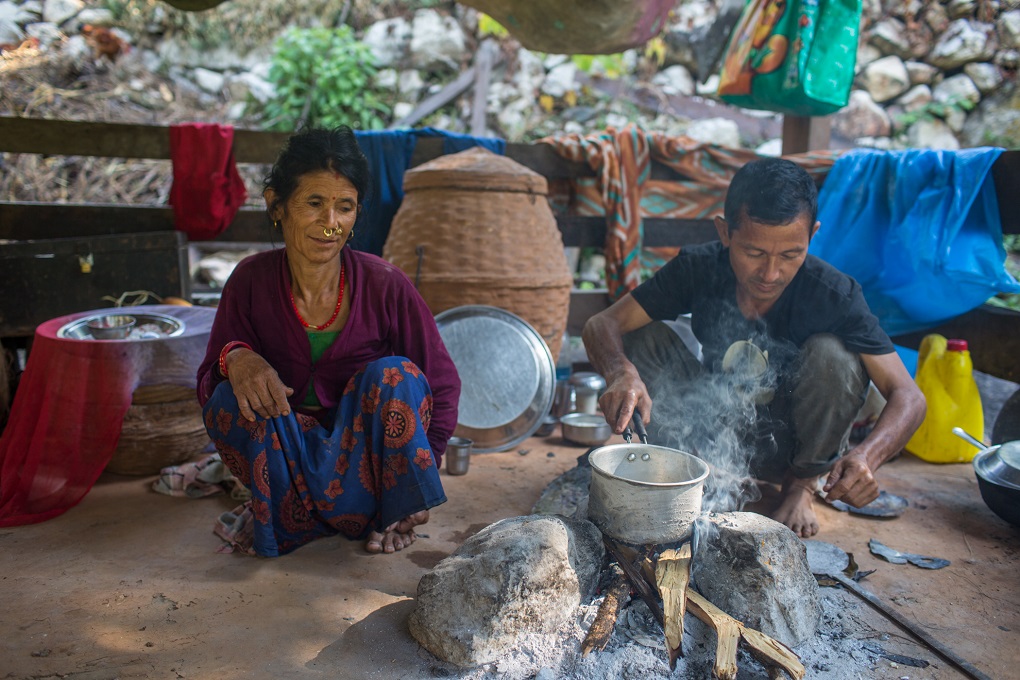
Frustrated by the lack of progress in India, last year the company signed a memorandum of understanding with Bangladesh, which could buy the electricity. Later in August this year Nepal signed a cooperation agreement with Bangladesh aimed to facilitate trade between the two countries.
Nepal needs permission from India to take electricity across India to Bangladesh so all three countries need to agree on a deal. But experts say it’s not easy given the complex geopolitics of the region. However, India recently indicated that it’s open to trilateral trade by amending its earlier cross border trade regulation.
Some speculate that this move to ease the trade of electricity was only to help the Indian company GMR to secure finance for the Karnali dam. Nevertheless the amendment is also good news for Chinese and other companies who have been eyeing bigger projects in Nepal. “There are technical difficulties and we will unlock them, but it’s certainly a good move,” said Barshaman Pun, Nepal’s water resources minister during a recent press meeting.
Rising ambitions
The Karnali dam was first envisaged as a 240 MW project in the 1990s, but the project has grown in scale over the decades.
GMR agreed to build a 900 MW project in 2008, but some technocrats and activists have blamed Nepal’s government for selling the project short.
The feasibility studies identified the possibility of developing a 4,180 MW project a little further upriver from where the current 900 MW project is planned. Whether this is really possible or not – especially given the fragile geography of the region – is another matter, but the numbers have generated intense speculation. “Why was the best and cheapest project handed over to a foreign company who will export the energy, while we have a shortage of power? It should be developed for us,” said Ratan Bhandari, a water rights activist from the region.
The current project will still be the biggest hydropower investment, worth about USD 1.5 billion. The Upper Karnali has rare hydropower potential, where water can be pushed through a 2.5 kilometre tunnel over a drop of 130 metres, creating a huge generating capacity. This project is often called Nepal’s “jewel in the crown”. “The jewel has been sold at the rate of coal,” Ratna Sansar Shrestha, a hydro-economist told thethirdpole.net two years ago.
Dangerous dam building
Nepal’s move towards big dams has come at a time when scientists warn that more extreme weather events like floods and landslides will increase in already fragile mountain regions. These warnings have been largely ignored in Nepal. In next few months, Nepal’s largest hydropower dam so far, the 456 MW Upper Tamakoshi will be completed in eastern Nepal, whereas another 900 MW Arun III (in the east) and 900 MW Upper Karnali (in the west) are in the offing. But, there is little consideration of impacts of climate change on Nepal’s hydropower sector.
Several studies have show increasing temperatures and changes in precipitation and snow have resulted in an increase in the number and intensity of extreme weather events. A 2015 report by International Centre for Integrated Mountain Development reviewed the impacts of climate change in the Hindu Kush Himalayan region, including Nepal: “The changing probabilities and magnitudes of extreme events can place additional risk on power generation infrastructure (dams and hydropower plants) as well as secondary infrastructure (roads and transmission lines). Further, hazards associated with shrinking glaciers, such as glacial lake outburst floods, can jeopardise large infrastructure investment,” the report stated. Other studies have quantified glacier melt in Nepal, including a 2014 study that revealed Nepal’s glaciers have shrunk by 24% and its ice reserves by 29% over the past three decades.
However, developers say that current knowledge about the impacts of climate change on hydropower is inadequate and this hinders better planning. While reports say that hydropower projects will be affected they lack the details as to what degree, and what precisely to take into consideration, said Kumar Pandey, vice-president of the Independent Power Producers Association Nepal (IPPAN) — the national agency of private hydro investors. “Investors need accurate information with evidence at micro scale so that they can use it while developing the project,” added Pandey.
This may be an unrealistic expectation. “Climate science is complex, however there are clear indications that large infrastructures will be impacted if current changes in temperature and precipitation in the region is not taken into account,” said Ajaya Dixit, executive director at ISET-Nepal.
It’s not only climate change, seismologists are warning that western Nepal is waiting for another big earthquake after the 2015 earthquake that killed more than 10,000 people. “There are two dangers lurking beneath the Himalaya: one is the unfinished business of 2015, and the other is a looming mega quake in western Nepal,” reported Nepali Times recently. Large hydroprojects like the Upper Karnali would be impacted if it happens but these issues are ignored in a hydro sector dominated by politics.
Rivers, fish and tourism suffer
If built, this will be the first hydropower project on the Karnali, the country’s longest river which originates near Mount Kailash in Tibet and becomes Ghaghara in India before it meets the Ganga at the border of Uttar Pradesh and Bihar.
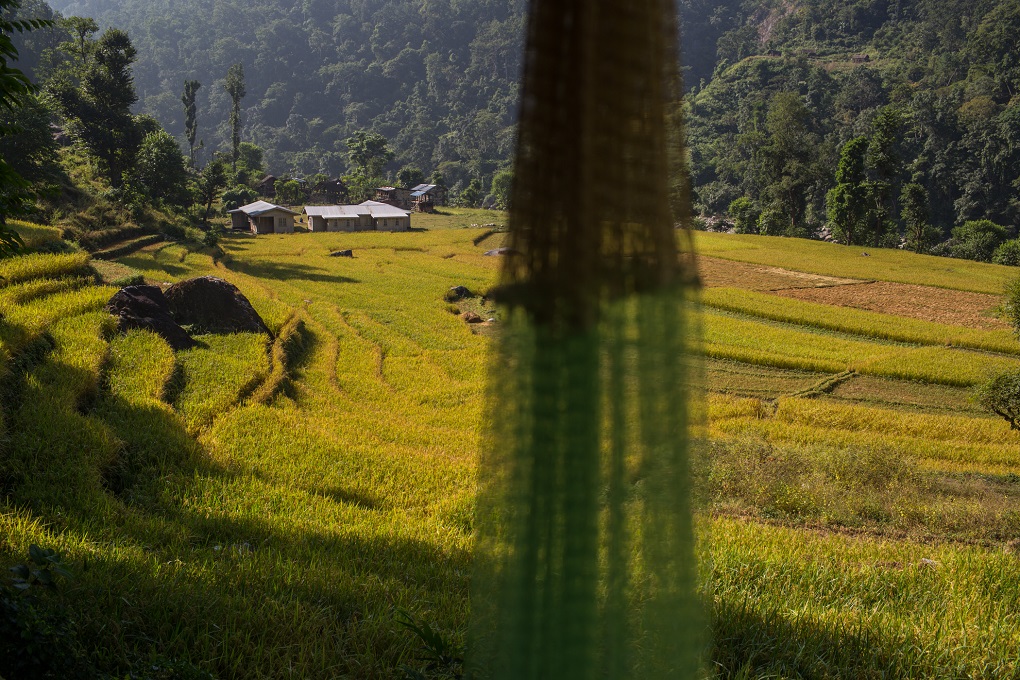
However scientists and activists say current hydropower development in the country is haphazard and poorly planned, threatening river ecosystems and destroying river-based tourism.
Megh Ale—the team leader of our scientific expedition — believes the main stream of the Karnali should be left free flowing, “We can bring millions of tourists here while other tributaries could be used for electricity,” he said. The Karnali is a world class river for white water rafting.
Tourism is not the only thing suffering. “It’s clear that aquatic lives have been threatened by hydropower across the country and if it continues many species will go extinct soon,” said Deep Narayan Shah, a researcher from Nepal’s Tribhuvan University’s Central Department of Environmental Science.
Nepal’s hydropower policy has a mandatory provision for developers to maintain 10% flow of water downstream around the year, but this has not been implemented and monitored. “I have been to several rivers during my field studies and have found that these provisions haven’t been implemented except in a few cases. In addition hydropower projects could be constructed in more environment friendly ways by investing in fish ladders but these aren’t obligatory measures in the policies,” said Shah.
Most problematic are the flip-flops by decision makers. The chief minister of Karnali province, Mahendra Bahadur Shahi, said there has to be greater understanding about river ecosystems and suffering of people, who are critically dependent on the river and its resources, like fish. “We may revisit the agreement done with GMR and I have told them that it won’t go ahead as agreed,” he said on the banks of Karnali River while spending a night with our scientific expedition team, who were following the river from the source in Tibet to the confluence in India.
However a few weeks later Shahi told journalists that he was willing to waive taxes for the developers. “Without developing large hydroelectric projects, Karnali province cannot become prosperous,” he said to The Kathmandu Post.
Hydropower investors agree that projects have been implemented on an ad hoc basis, but argue it is not their fault. “It’s not the investors who decide where to build hydropower. It’s the government who has to come with a plan,” said Pandey of IPPAN. “I think there has to be a serious debate and a holistic water use plan for the country that should include all perspectives before it’s too late,” he added.
Bleak future
It is common practice for companies to hold licences for years and then sell them to another company. Late last year, GMR (the same company that holds the licence for Upper Karnali) pulled out of the 600 MW Upper Marsyangdi project in north central Nepal after holding the licence for years. A consortium of Nepali and Chinese investors bought shares from GMR just as work was due to start. The parliamentary committee of Nepal has formed a probe committee to investigate further.
China’s emerging role
China is becoming a new but important player in Nepal’s tense energy politics, dominated by India for decades. The past few years have been tumultuous in the realm of Nepal- China energy cooperation as the two biggest projects in pipeline – the USD 2.5 billion Budhigandaki and the USD 1.8 billion West Seti – were surrounded by controversy.
Earlier last year the Nepal government announced that the 750 MW West Seti project – on one of the tributaries of the Karnali in western Nepal – would be built by its own companies, while the licence of the project had already been given to China Three Gorges Company (CTGC). Though Nepali officials tried to clarify they wanted to work with the company afterwards, negotiations failed, resulting in the company withdrawing from the project.
The 1,200 MW Budhigandaki project in central Nepal also had a series of setbacks as the Nepal government awarded the project to China’s Ghezhuoba company, only to scrap it a year later, and then re-award the contract to the same company.
![A kayak paddles in the Karnali River in Accham district of Nepal [image by: Nabin Baral]](https://dialogue.earth/content/uploads/2019/01/photos-for-story-two-7.jpg)
This story is jointly published by thethirdpole.net and Nepali Times.
![<p>Women in Kapri village Bajura, western Nepal, preparing millet for use after harvest [Image by Nabin Baral]</p>](https://dialogue.earth/content/uploads/2019/01/photos-for-story-two-1.jpg)

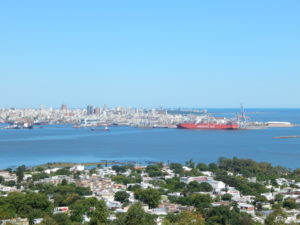
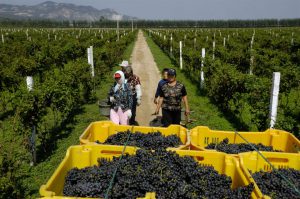
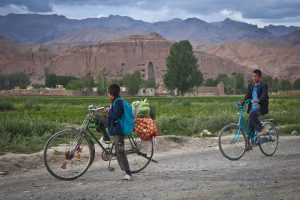
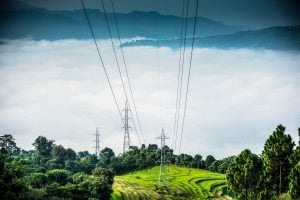


![Kagbeni is a small village located in the Kali-Gandaki Valley. The Gandaki River originates in the Himalayas and flows through [image by: Justin Falcone]](https://dialogue.earth/content/uploads/2019/01/Mustang1-300x200.jpeg)
